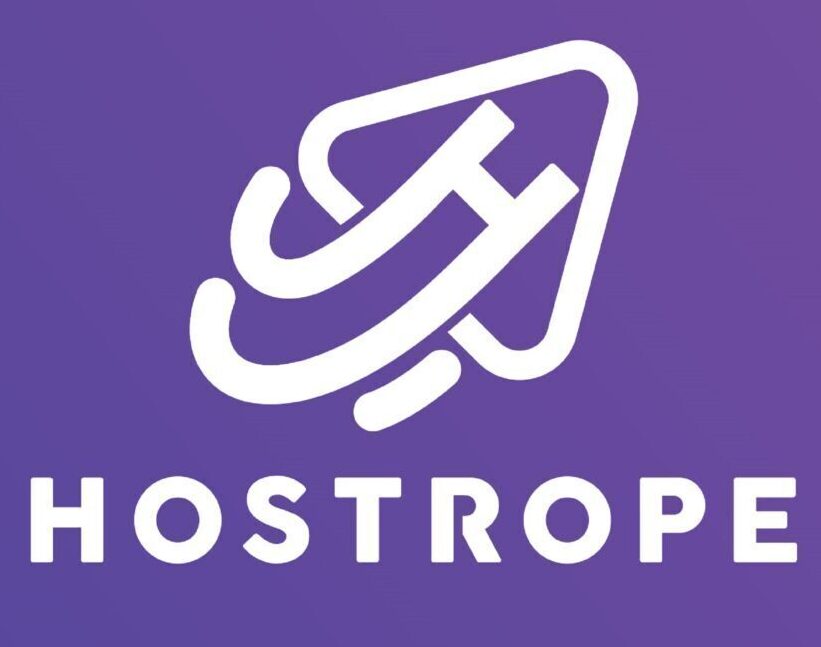Introduction
In today’s fast-paced digital world, effective marketing is all about reaching the right people with the right message at the right time. Email marketing automation has emerged as a powerful tool for businesses to achieve this goal. By automating various aspects of their email marketing campaigns, businesses can streamline their processes, save time, and deliver highly personalized messages to their audience. In this article, we will explore the concept of email marketing automation, its benefits, and how businesses can leverage it to maximize efficiency and results.
Understanding Email Marketing Automation
Email marketing automation involves using software to automate various aspects of email marketing campaigns. This can include sending out targeted emails based on user behavior, segmenting email lists, personalizing content, and analyzing campaign performance. Essentially, it allows businesses to send the right message to the right person at the right time, without having to manually manage each individual email.
Benefits of Email Marketing Automation
-
Improved Efficiency: One of the most significant benefits of email marketing automation is improved efficiency. By automating repetitive tasks such as sending welcome emails, birthday emails, or abandoned cart reminders, businesses can save time and focus on other important aspects of their marketing strategy.
-
Personalized Communication: Email marketing automation allows businesses to deliver highly personalized messages to their audience. By segmenting their email list based on factors such as demographics, interests, or past purchase behavior, businesses can tailor their messages to specific groups of people, making them more relevant and engaging.
-
Increased Engagement: Personalized and timely emails are more likely to resonate with recipients, leading to increased engagement rates. By delivering the right message to the right person at the right time, businesses can improve open rates, click-through rates, and ultimately, conversions.
-
Scalability: Email marketing automation is highly scalable, making it suitable for businesses of all sizes. Whether you have a small list of a few hundred subscribers or a large list of several thousand, automation allows you to send targeted messages to your entire audience with ease.
-
Better Analytics: Email marketing automation tools provide valuable insights into campaign performance. Businesses can track metrics such as open rates, click-through rates, conversion rates, and more, allowing them to optimize their campaigns for better results.
Key Features of Email Marketing Automation
-
Email List Segmentation: Segmenting your email list allows you to send more targeted and relevant messages to your audience. You can segment your list based on factors such as demographics, location, interests, purchase history, and more.
-
Personalization: Personalizing your emails can significantly improve engagement rates. With email marketing automation, you can dynamically insert personalized content such as the recipient’s name, location, or past purchase history into your emails.
-
Automated Workflows: Automated workflows allow you to set up a series of emails that are triggered by specific actions or events. For example, you can set up a welcome email series for new subscribers, an abandoned cart email series for customers who leave items in their cart without completing their purchase, or a re-engagement email series for inactive subscribers.
-
Behavioral Triggers: Behavioral triggers allow you to send emails based on a user’s actions or behavior. For example, you can send a thank you email after a purchase, a reminder email for an upcoming event, or a follow-up email after a user interacts with your website.
-
A/B Testing: A/B testing allows you to test different elements of your emails to see which ones perform better. You can test things like subject lines, email copy, call-to-action buttons, and more to optimize your emails for better results.
How to Get Started with Email Marketing Automation
-
Choose the Right Email Marketing Automation Platform: There are many email marketing automation platforms available, so it’s essential to choose one that meets your needs. Look for a platform that offers the features you need, such as list segmentation, personalization, automated workflows, and robust analytics.
-
Set Clear Goals and Objectives: Before you start automating your email marketing campaigns, it’s essential to set clear goals and objectives. What do you want to achieve with your email marketing efforts? Are you looking to increase sales, generate leads, or improve customer engagement? Having clear goals will help you create more effective campaigns.
-
Segment Your Email List: Segmenting your email list allows you to send more targeted and relevant messages to your audience. Think about the different ways you can segment your list, such as demographics, location, interests, purchase history, and engagement level.
-
Create Engaging Content: Once you’ve segmented your email list, it’s time to create engaging content for your email campaigns. Personalize your emails as much as possible, and make sure your content is relevant and valuable to your audience.
-
Set Up Automated Workflows: Automated workflows allow you to set up a series of emails that are triggered by specific actions or events. Think about the different workflows you can create, such as welcome email series, abandoned cart email series, or re-engagement email series.
-
Monitor and Analyze Your Results: Once your email marketing automation campaigns are up and running, it’s essential to monitor and analyze your results regularly. Track metrics such as open rates, click-through rates, conversion rates, and more to see how your campaigns are performing and identify areas for improvement.
Best Practices for Email Marketing Automation
-
Keep Your Emails Relevant and Valuable: Make sure your emails are relevant and valuable to your audience. Personalize your content as much as possible, and make sure it provides value to the recipient.
-
Test, Test, Test: A/B testing is a powerful tool for optimizing your email campaigns. Test different elements of your emails, such as subject lines, email copy, call-to-action buttons, and more to see what resonates best with your audience.
-
Monitor Your Results Regularly: Keep a close eye on your email marketing metrics, and use them to identify areas for improvement. Track metrics such as open rates, click-through rates, conversion rates, and more, and use this data to optimize your campaigns for better results.
-
Stay Compliant with Email Marketing Regulations: Make sure you’re familiar with email marketing regulations such as the CAN-SPAM Act and GDPR, and make sure you’re following best practices to stay compliant.
Conclusion
Email marketing automation is a powerful tool for businesses looking to streamline their marketing efforts and maximize results. By automating various aspects of their email campaigns, businesses can save time, deliver highly personalized messages, and improve engagement with their audience. By following best practices and using the right email marketing automation platform, businesses can take their email marketing efforts to the next level and achieve their marketing goals more efficiently and effectively.











